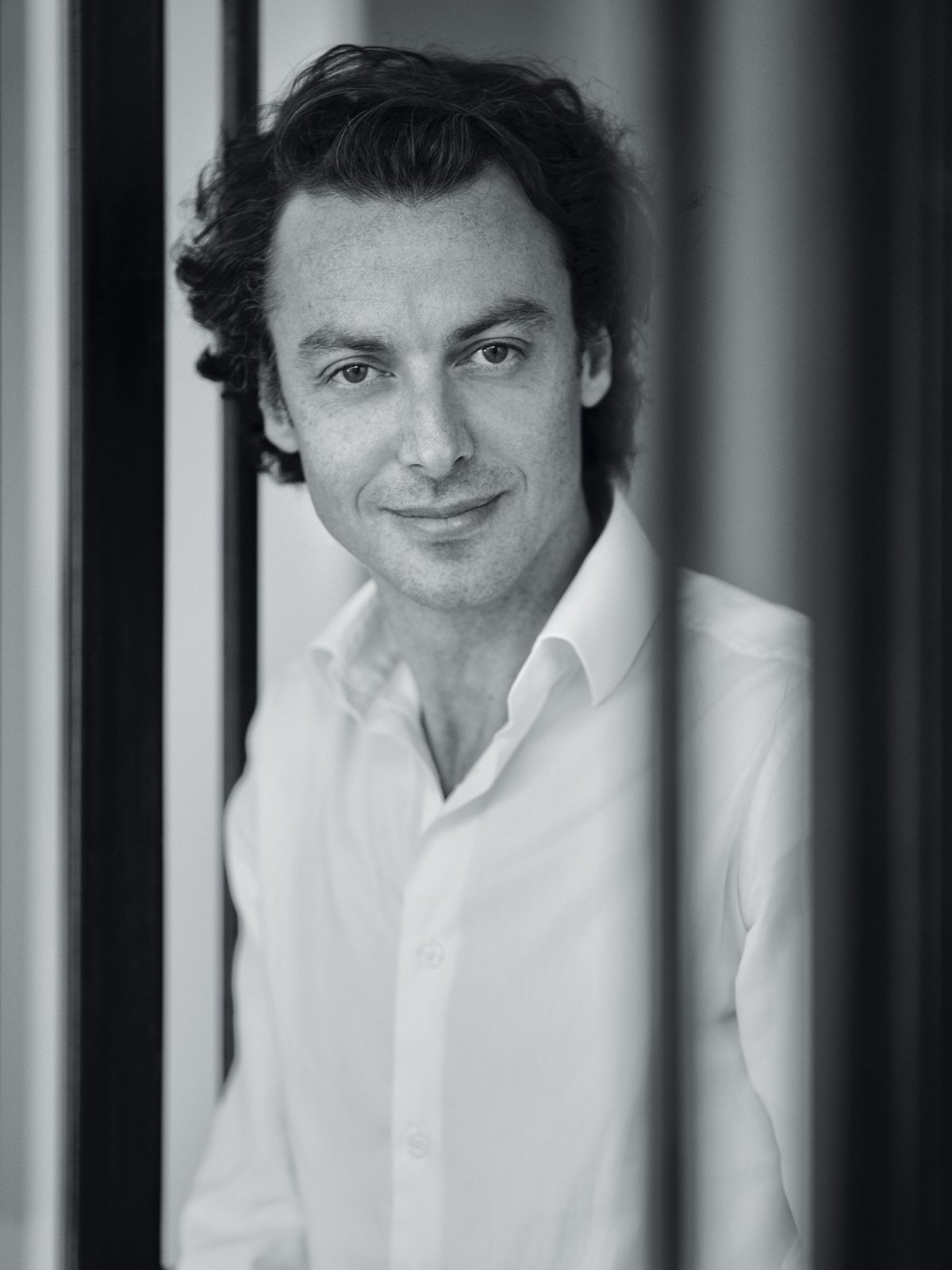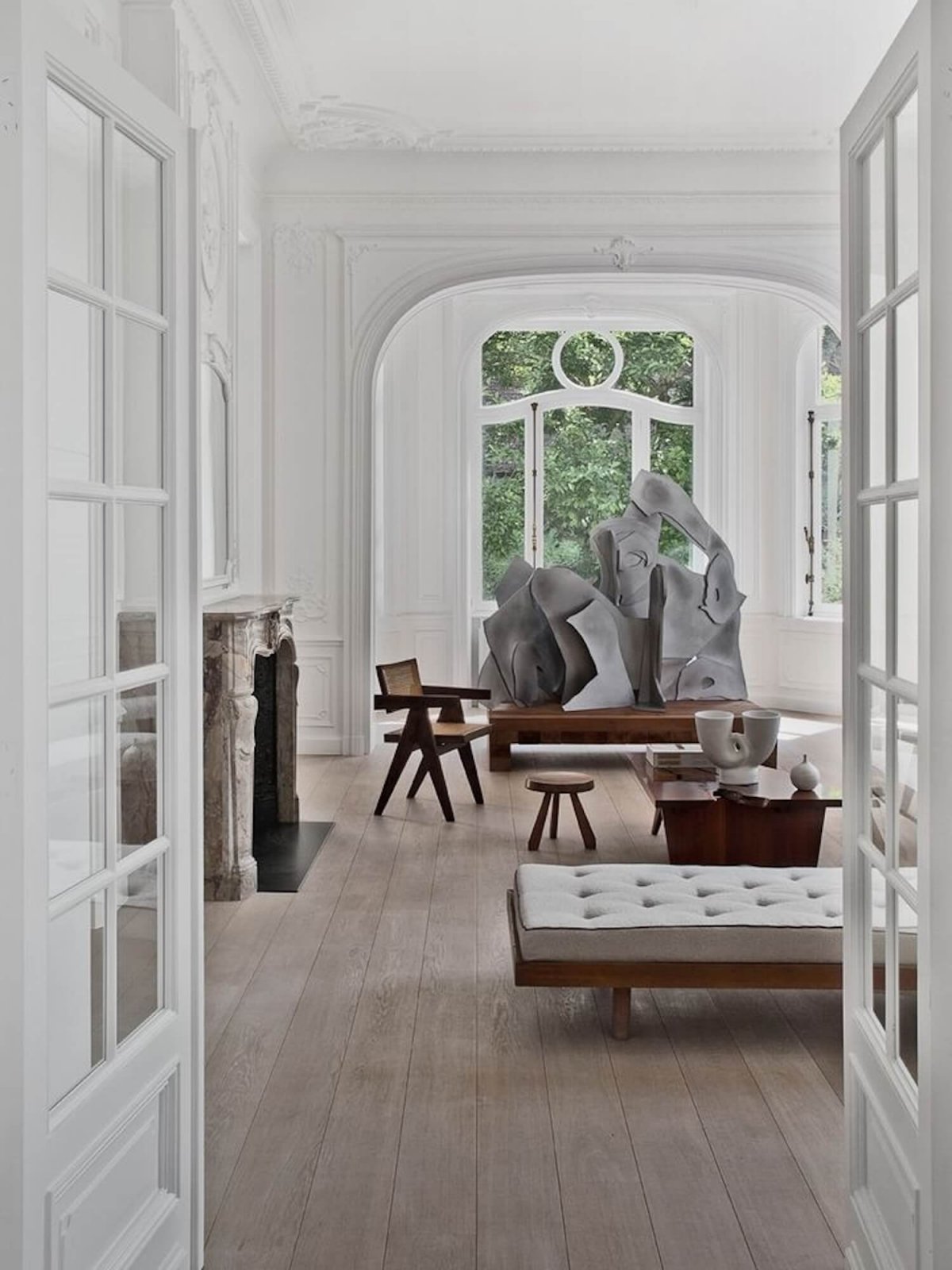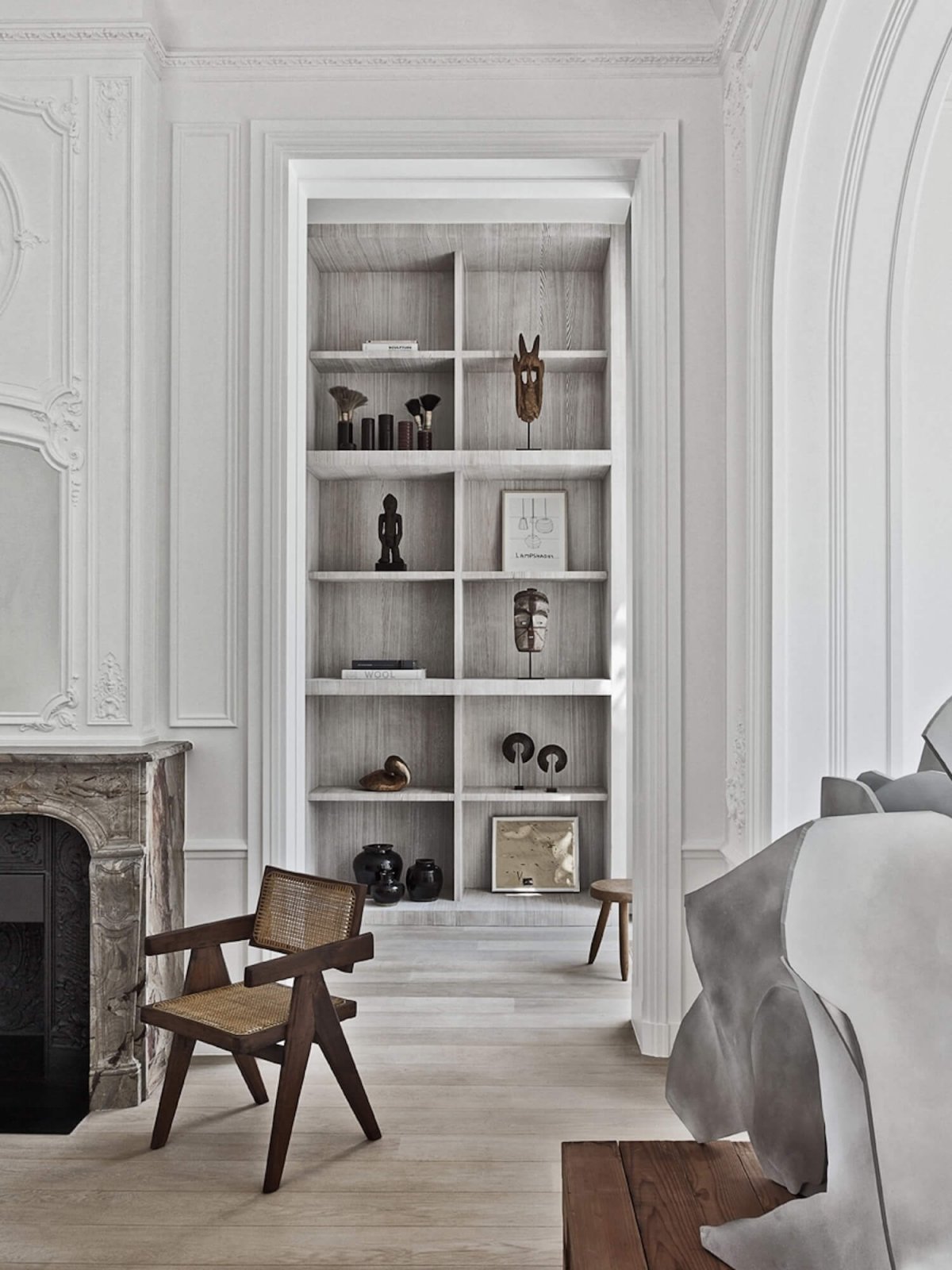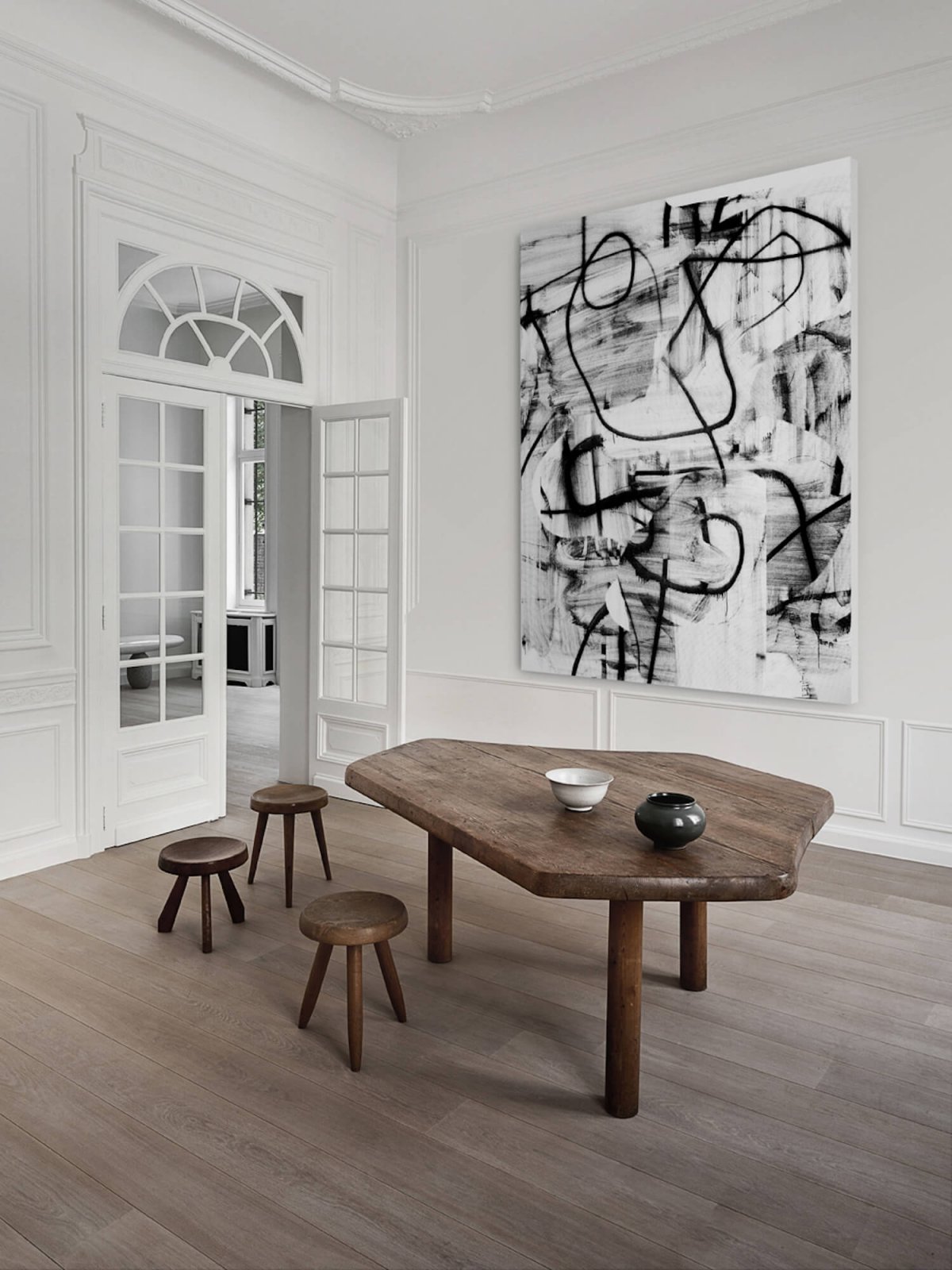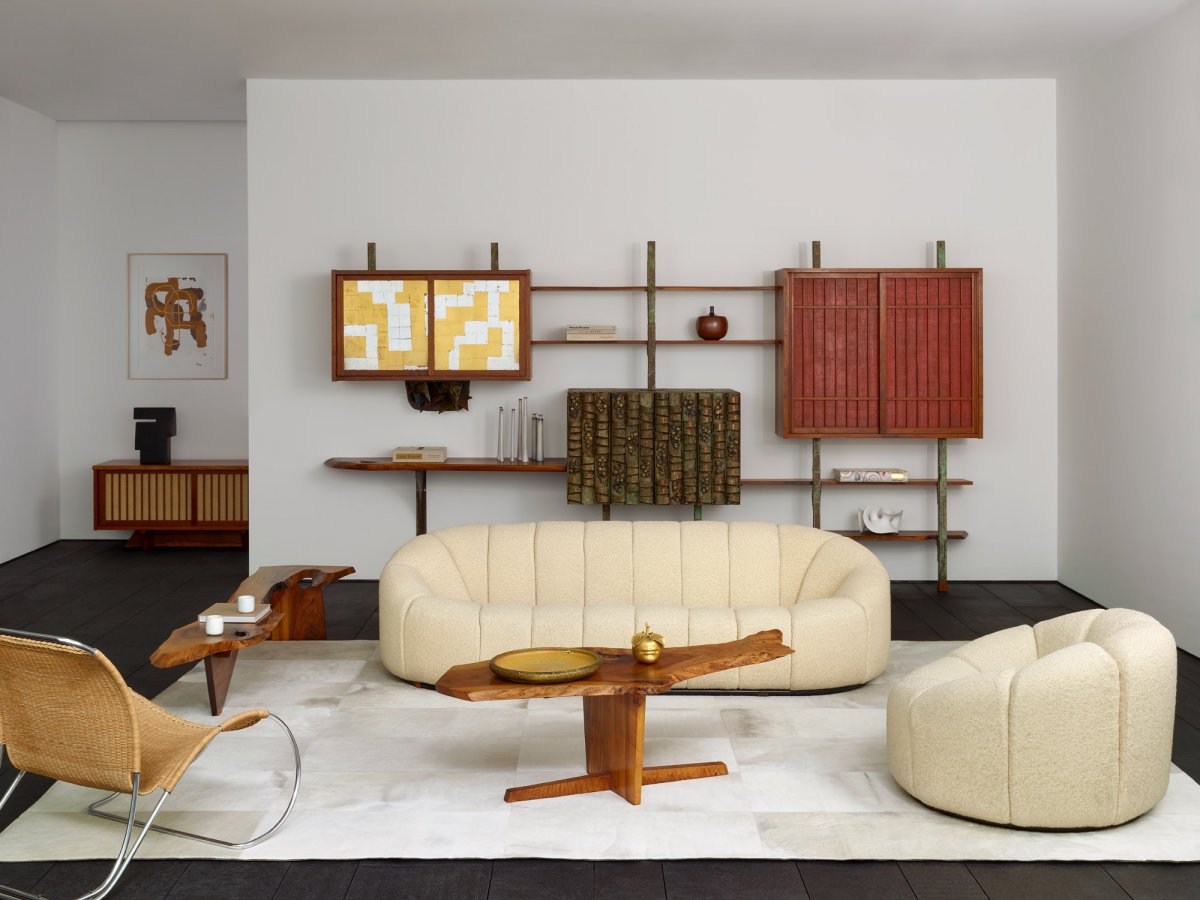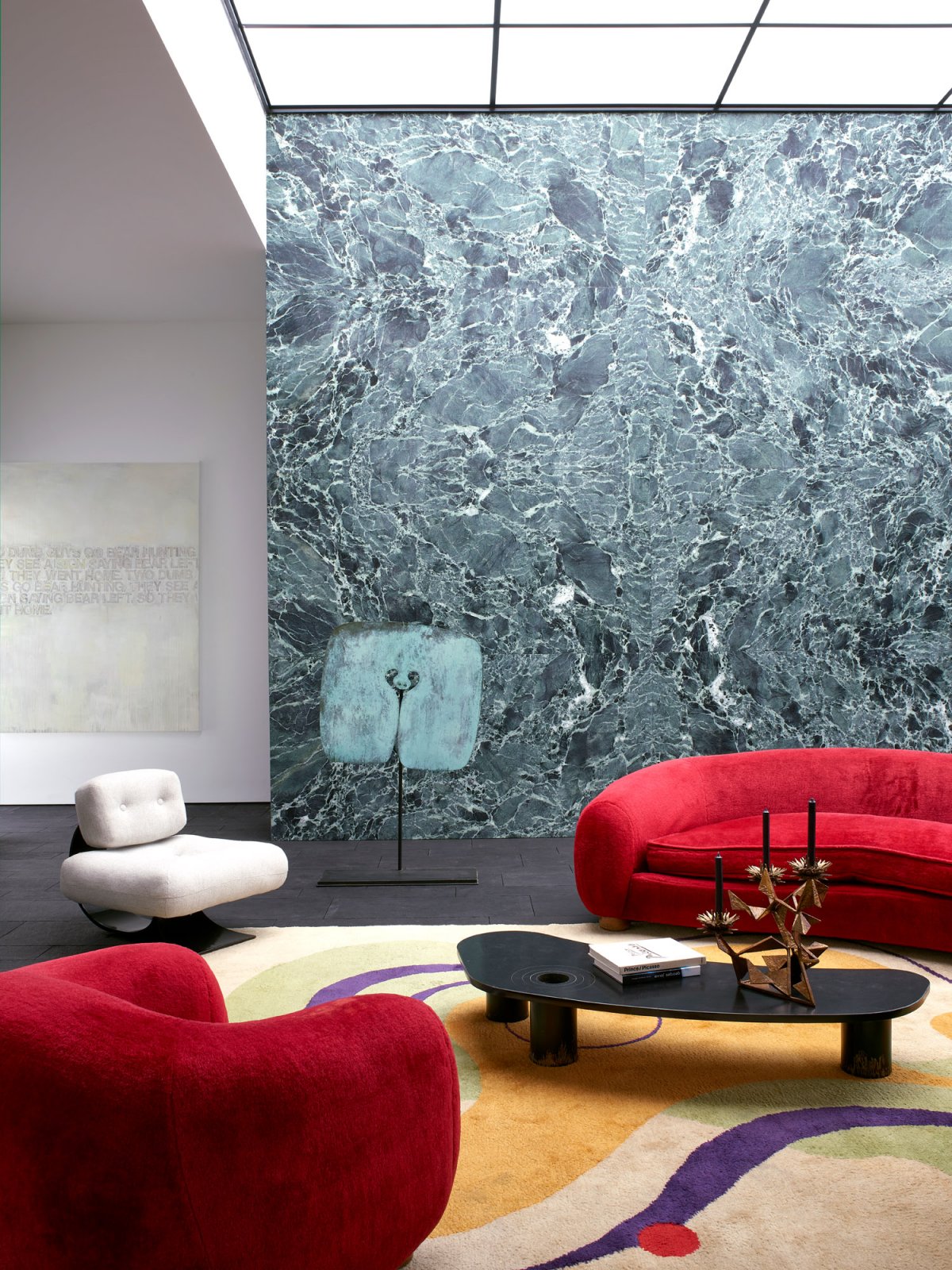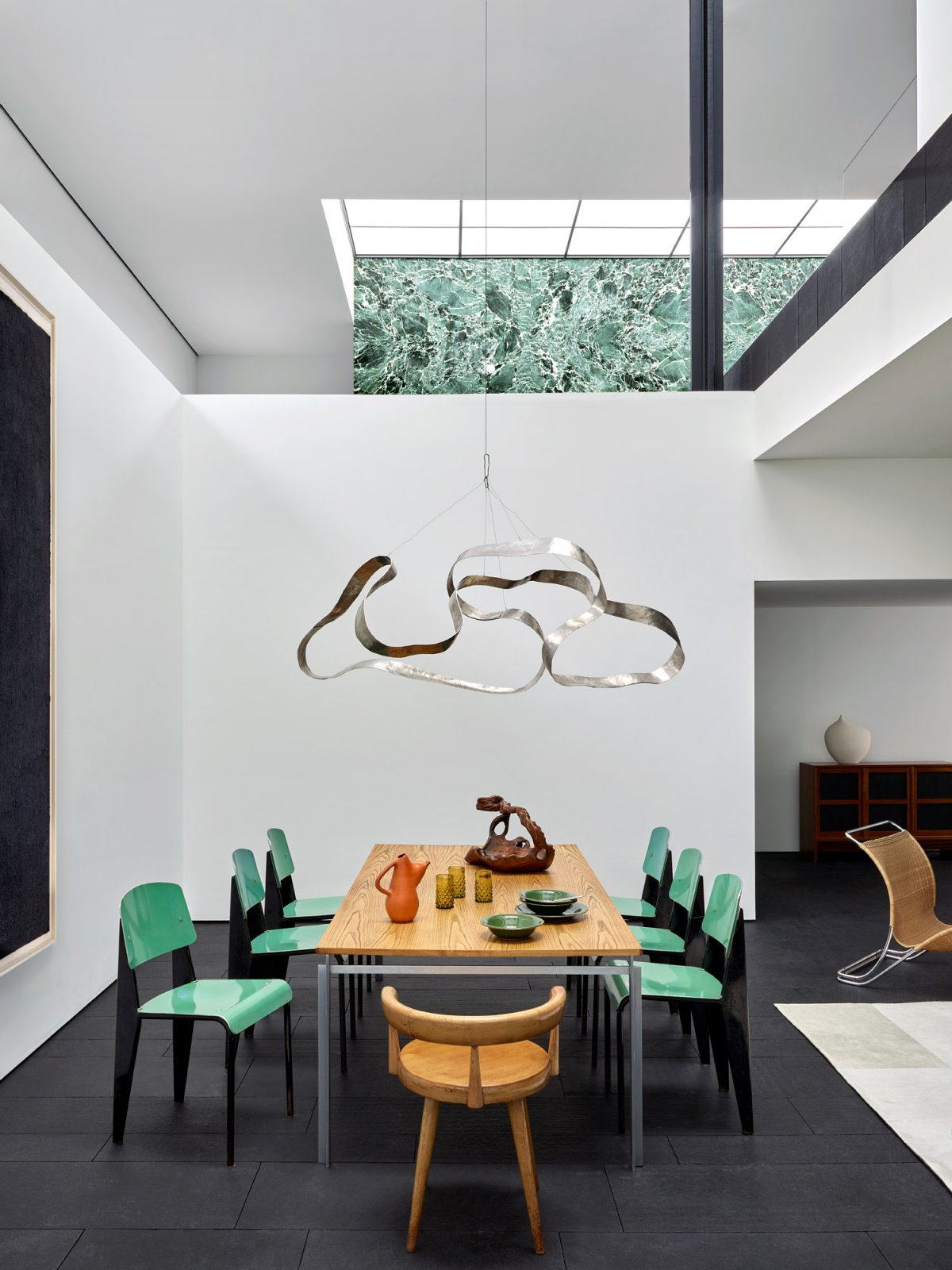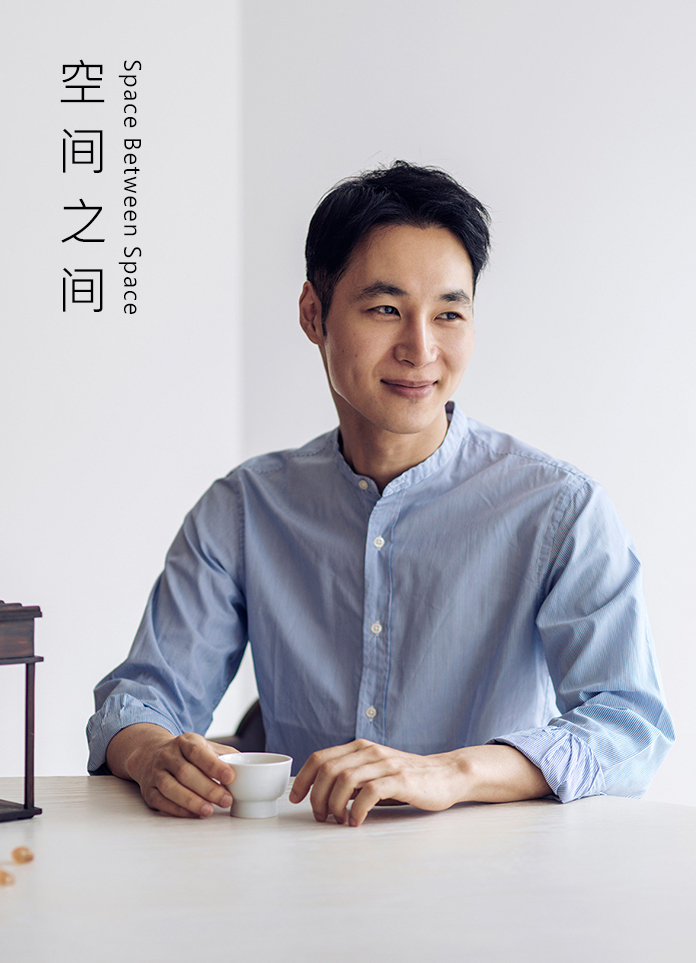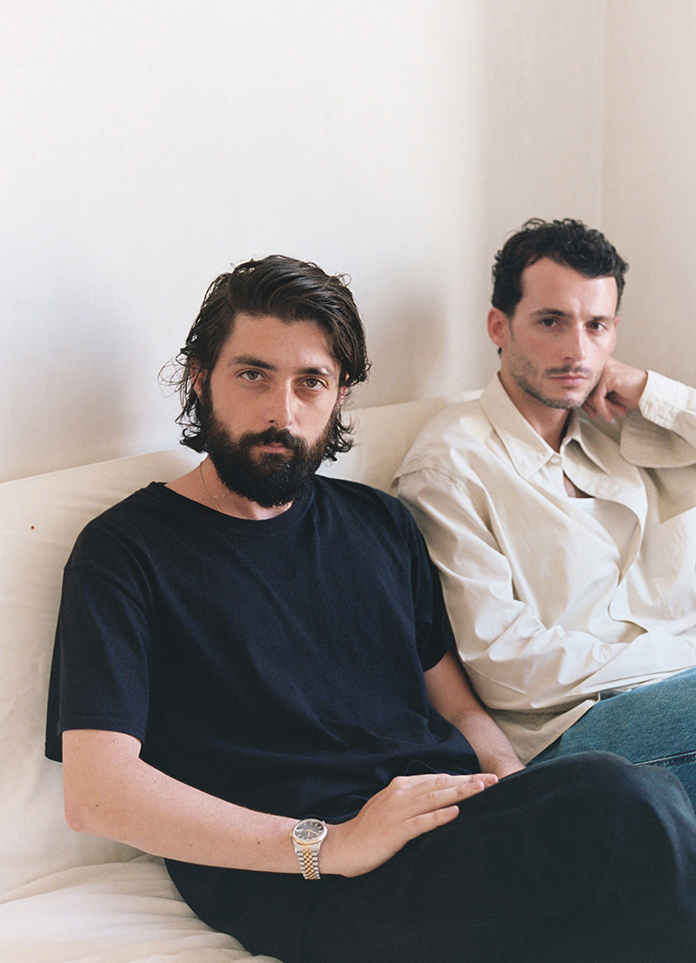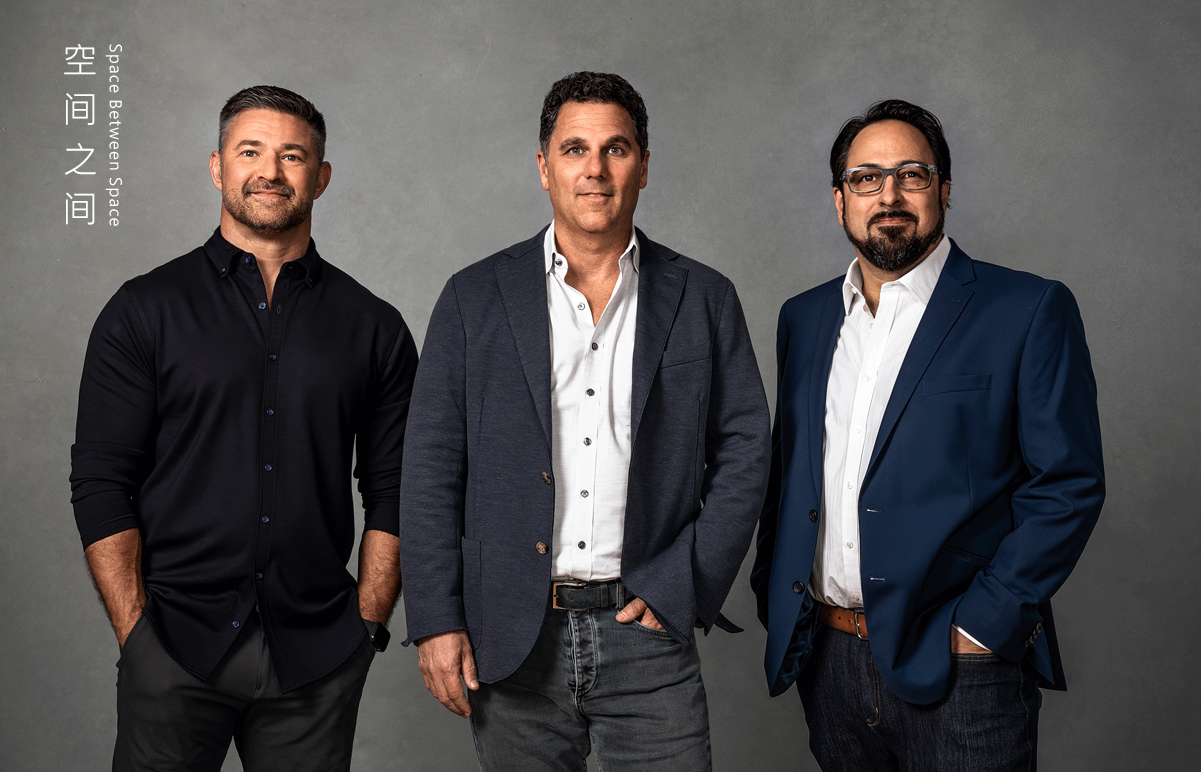
Space Between Space | Belgium x Olivier Dwek
During this masterclass Olivier Dwek has the pleasure to talk about his architecture projects and his passion for art and design.
Olivier Dwek has a broad-ranging cosmopolitan knowledge of art, furniture design, and architecture. He has an innate ability to combine periods and works in unexpected yet somehow fully compatible ways—placing paintings by Jean-Michel Basquiat or Christopher Wool near furniture by Charlotte Perriand or George Nakashima.
Olivier Dwek has, in fact, found a very good way to put his interest in art to very practical use, counseling his clients and working with them to place artworks and design to their best advantage. The fact that he does so with an extensive knowledge of modern and contemporary forms of art and design, the fact that he does so with an “eye” that understands and fashions space and the relation between volumes and objects, makes Olivier Dwek an exceptional figure.
Olivier Dwek has made a point of providing for natural light, through skylights or windows, but most often in ways that privilege the art, in the broadest sense, that inhabits his realizations. An important component of his more recent work has been the placement and sometimes the acquisition of significant works of modern design. “I became more interested in furniture and decorative arts in about 2000,” he says. “I found myself attracted in a very natural way to 20th-century furniture, which we might call Modernist or mid-century, and I started to collect objects myself around that time. Whenever I was able to, I bought a Danish piece from the 1950s, for example. I find it fascinating to live with furniture like this but also to contemplate and analyze it. I express my interest for these objects in a self-instructed way, but I do think that my approach serves to broaden my horizons.”
Although it might be unexpected for an architect to delve so deeply into art and design, Olivier Dwek gives a convincing explanation for his own methods; one that does relate to architecture. “These pieces are often quite close to architecture albeit on a different scale,” he says. “A bahut cabinet designed by Jean Prouvé in 1950 is not that far from some of the residential projects of Le Corbusier in its form, for example. Take an Easy armchair (1955) by Pierre Jeanneret and look at the central pillars of Jean Prouvé’s 6x9 Demountable House (1944–45): they both rely on wooden braces of a similar form. In a formal sense, what holds up a chair also holds up a house.”
In explaining the innate relation that he sees between design and architecture in the work of figures such as Oscar Niemeyer, Le Corbusier, Charlotte Perriand, Pierre Jeanneret, and Jean Prouvé, Olivier Dwek also further makes his point about scale. He says that he sees no absolute distinction between a large building and a smaller project; he draws them both with the same spirit of harmony, natural light, and carefully selected materials. If a piece of furniture can have fundamental architectural qualities, so, too, can architecture (interior or exterior) take on the precision and equilibrium of the best works of object design.
Many architects are interested in art or design, but few succeed as frequently as Olivier Dwek does in designing homes or cultural locations that are as full of pieces at the highest level. He explains: “Bit by bit, I have been able to communicate my passion for design furniture to my clients, sometimes by encouraging art collectors to begin their own collection of furniture, or by guiding others to make the right choices. I would also add contemporary and modern ceramics as another of my areas of interest. There are numerous Japanese or American ceramists, for example, who have shown real evolution and change since the beginning of the 21st century, and I do advise my clients to discover such objects.” Olivier Dwek, indeed, seems most at ease in environments in which architecture is one element of a broader composition in which art and design have a full place.
Rather, too, his desire to place art quite literally in the best light possible is one factor that leads him to bring plenty of natural light into his spaces, either through skylights or ample glazed walls for the more modern buildings or the ones designed by him. The architect imagines a building, visualizes space, turning it and molding it in his mind before committing it to paper and then transforming it into stone and steel. Dwek clearly applies a very similar logic to the placement of paintings or furniture in his spaces. An object, especially an exceptional one, has a soul and a presence that he feels. Placement, in natural light or within a volume, is ultimately a matter of taste and discernment, of respect for architecture, art, and design at the same level. Having an “eye” for these things is rare.
Many talented architects go no further than to imagine empty buildings; few seek to fully animate and occupy their own creations, perhaps preferring to consider that the only real art is architecture. Figures that Olivier Dwek admires, such as Richard Meier or John Pawson, are known for wanting to photograph and even inaugurate some buildings empty. They use light to fill their architecture—so does Dwek. The Belgian also avoids strictly repetitive, grid-driven designs and materials. His signature is his taste, his “eye” more than any definable and frequently recycled style.
- Interiors: Olivier Dwek
- Photos: Serge Anton
